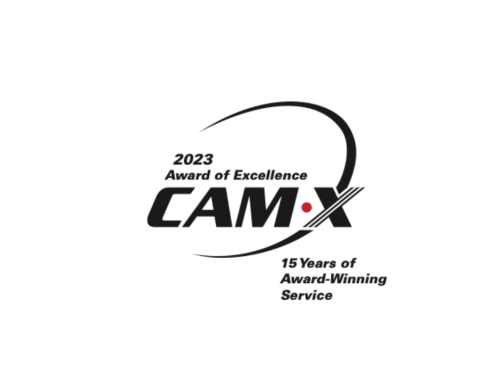Customers are looking for services with out-of-the-box functionality. Also, these customer support services must enable scaling and allow for customization based on unique business needs. Implementation timing is often immediately; sometimes, the timeline was yesterday.
Today, a lot of companies have access to the same technology. However, the differentiator is the experience. Companies need to offer one point of contact linked to 24/7 support. Response time is critical, and now sales are lost if customers don’t hear back within 2-3 minutes. Accuracy is super important as well. Contact centers must capture data in real-time and enter correctly into CRM systems to provide reporting for your business to make data-driven decisions.
Before we dive into billing, to understand the structure of billing, we first need to review the service categories.
- Traditional contact center services – Companies looking for an all-in-one provider, and a central point of contact for customer support, appointment scheduling, multiple dispatch capabilities, outbound lead generation, customer service reporting, and more.
- Automations and integrations – Companies are looking for a diversified cloud solution to address their specific needs. Often, these partners are looking for Omnichannel management to support a robust digital presence (chat, email, socials, etc.). Many services are backed by AI-powered technology to address the real-time demands of customers.
- Telephony provider – Companies are looking for a partner that can provide telephony and contact center infrastructure. These solutions must be flexible and able to scale up and down based on partner demand quickly.
Now, let’s analyze and review the pricing strategies of contact centers.
- Consumption-based pricing – The traditional strategy. This pay-for-what-you-consume model, also known as per-minute pricing, allows companies to more finely tune their budgets and make better decisions about what applications to use and when to use them. This model requires the flexibility to shift agent seat licenses around as needed and creates an opportunity to burst capacity. For example, if a customer wants to add chat functionality, which might lessen the use of its voice channels, it can shift license usage from voice to chat (instead of adding chat licenses while continuing to pay for unneeded voice channels).This model supports seasonal and random burst usage.
- Package Pricing – It is attractive to both providers and clients to bundle service options. Packages cost-effectively tie multiple solutions together to create an outstanding customer experience. Especially in relationship to automated services, bundling allows for flexibility for the client and the provider. Packages are focused on industry needs so that your company can remain competitive in the market place. Imagine how much more you can learn when you work with thousands of businesses, instead of just one!
- License models – Licensing programs are typically used for on-premise contact centers, dedicated team solutions, and cloud-based integrations. With metric-based licensing, a customer can start with any resolution and purchase only the capabilities needed for each agent (like dispatching, messaging, email, or knowledge management). These agreements usually come with an extended-term and require SLA’s and real-time reporting for oversight. Whether powering your contact center or operating your lines, all services are white-labeled as an extension to your business.
This blog was written by Scott Witte, the Director of Customer Experience at Call Experts in Charleston, SC. Please contact our team for more information (scottw@callexperts.com), and to understand how we can support your needs.







